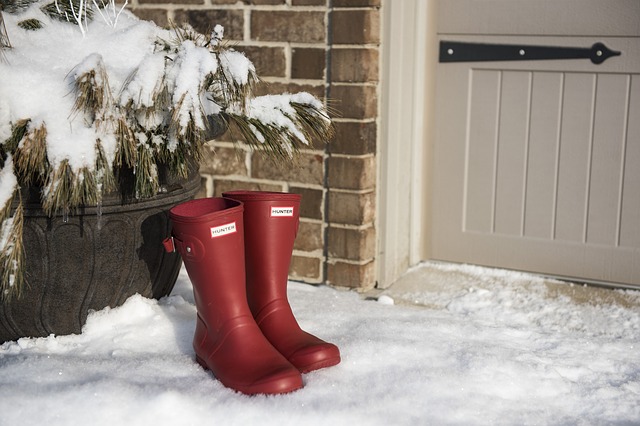People often mistake snow boots for winter boots but there are some key differences between these two boots. One thing is common that you cannot wear both of them in spring, autumn, rainy or summer seasons and this is why people think that both these shoes are the same as no one wears them in any other season but in snow or winter times. However, to know more about the key differences between the snow booties and the winter booties, keep reading the information below.

About Snow Boots
A snow boot is a boot intended for use in the snow, as the name recommends. However, a snow boot is additionally intended to be utilized in wet conditions, as well. What’s more, by wet, we aren’t talking around a couple of puddles or an inch of snow. We are talking about profound, yucky mud. Or then again profound heaps of slushy, wet, filthy snow. Or on the other hand stacks of new, new powder that fell the night before and now beckons for expulsion from the carport.
The upper piece of a snow boot will be either made of cowhide or a blend of calfskin and nylon. The upper piece of a snow boot will every now and again broaden well over the lower leg. The reason for the tall stature of snow boots is to give an additional glow, give the lower leg additional help, as well as to account for a snow gaiter that is incorporated into the boot. A snow gaiter shuts the space between the lower leg and the opening of the boot, accordingly preventing snow from falling down while wandering through profound snow.
Snow boots are truly implied for individuals who invest loads of energy outside during the winter. Individuals who work on street construction projects in the mud, hail, and snow will find snow boots ideal footwear. Indeed, even individuals who live in and around the urban communities will find uses for snow boots, like using them for hunting or camping trips during the spring and fall.
About Winter Boots
On the other hand, a winter boot is to a greater degree a “general use” thing. A winter boot will, similar to a snow boot, have great insulation worked inside of it to keep the foot warm during a chilly climate? Most great winter boots will likewise be waterproof or, at a minimum, water repellant. However, winter boots come up short on the capacity to hold snow back from tumbling inside the boot between the boot opening and lower leg. In this manner, to wear a typical winter boot in profound snow, a different snow gaiter should be worn. The absence of an underlying snow gaiter is one of the most ideal approaches to differentiate between a “Snow Boot” and a “Winter Boot.”
Additionally, winter boots – even completely waterproof ones – can’t come close to the waterproofing capacity of a decent snow boot. Taking a waterproof winter boot into profound mud is an extraordinary formula to have in a real sense pounds of mud “solidified on” to the boot. Furthermore, sooner or later the water in the mud will begin to find an approach to leak through the external shell, ultimately ending up on the foot.
Instead, a winter boot is best utilized for what I would consider typical everyday exercises that a great many people do in the winter. This includes exciting exercises, for example, shoveling the drive or the walkway, commuting, walking to work, walking downtown, driving, shopping, and so on.
